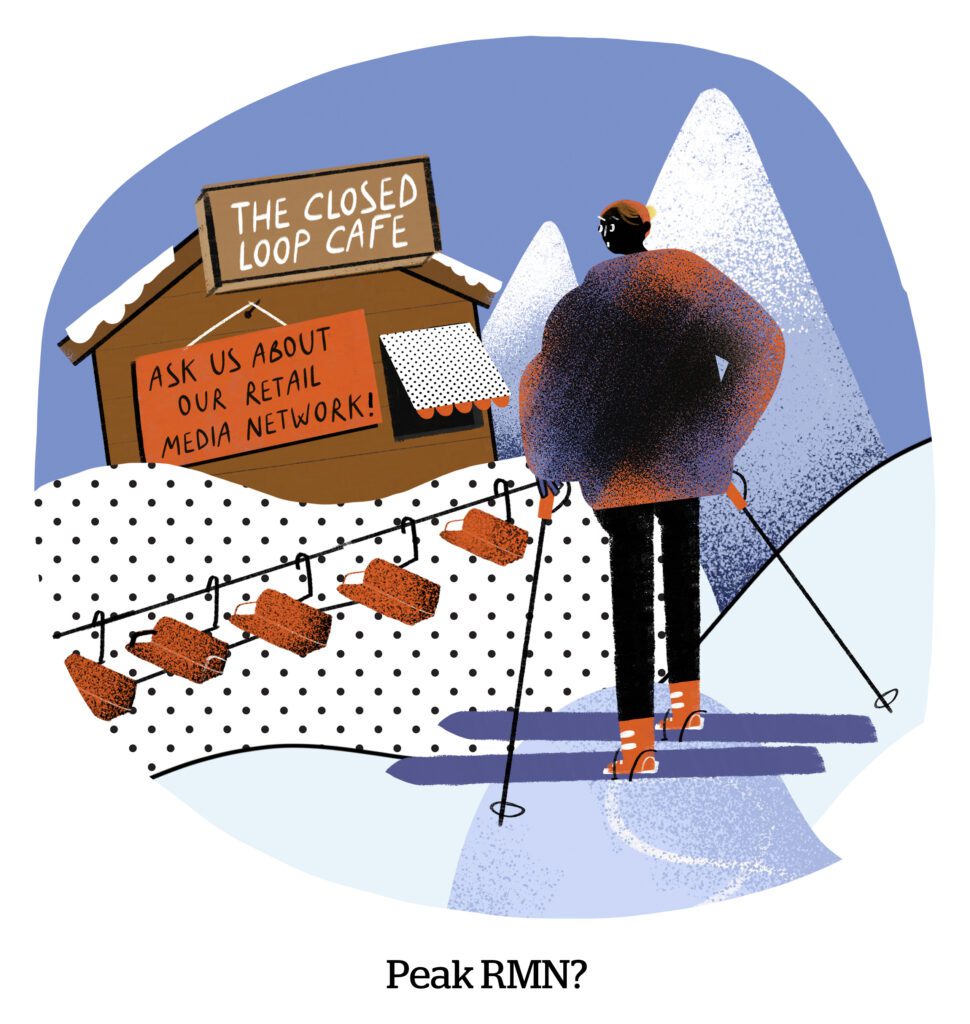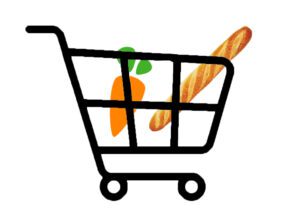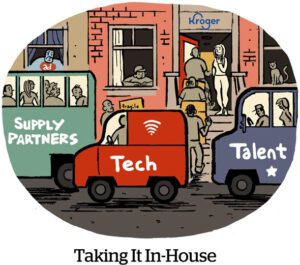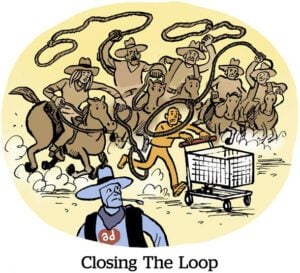Does the world really need another retail media network?
Bridg thinks so.
The data and audience platform, a subsidiary of purchase data company Cardlytics, launched a retail media network (RMN) called Rippl for regional retailers and advertisers in August.
Rippl aims to reduce fragmentation in the RMN space by consolidating listings by retailers that might otherwise be tempted to set up their own RMNs. “We’re the signal to the noise,” said Amit Gupta, general manager of Bridg and COO of Cardlytics.
If a grocer or a retailer falls under a certain first-party data threshold – say, 50 million customer profiles – establishing its own RMN doesn’t make sense, according to Gupta. Popular regional grocers like Wegmans, Giant Eagle or Hy-Vee lack national scale but still have valuable data and loyal customers.
If even a handful of small-ish retailers and grocers pool their first-party data with Rippl, Bridg can package a strong national audience setup for brands.
Rippl is also looking for midmarket retailers that have “stepped halfway in [their own RMN] and are not seeing the revenues they were expecting,” Gupta said. They can keep one foot in with their own RMN while still using Rippl.
Cite your sources
Rippl pulls in data from the company’s identity graph, Bridg Atlas.
The graph contains more than 250 million consumer profiles with attributes such as demographics, name, email address, age, ZIP code and factors like whether it’s a pet-friendly household or a family of sports fans. Brands use these attributes to understand people’s propensity to buy items like health supplements.
Rippl also draws in transaction data from retailer point-of-sale systems and credit card handles to help improve its data modeling, without targeting the individuals.
“At no point do we expose or send [personally identifiable information],” Gupta said.
But they do some customer matches.
Bridg can extend its identity graph and export a hashed identity tag to a brand. Then the brand can map the ID to an identity graph from Facebook or The Trade Desk.
Bridg does not pull in Cardlytics data, though, which isn’t allowed as part of its bank partner requirements.
Bridges to cross
Since Rippl’s August launch, clients have asked Bridg for better data visualization tools, more direct integrations and relationships with payment processors, Gupta said.
These priorities are all on Bridg’s road map, but, meanwhile, Bridg has rolled out one-click data activations and AI-powered natural language queries so a client can look for, say, buyers who began purchasing sugar-free sodas after the holiday. The advertisers or Bridg’s machine learning can use that audience segment as a valuable seed for, say, people interested in healthy alternatives or weight-loss products.
As for generative AI tools, Bridg teams are trying them out and figuring out potential applications, but the company is still in the “experimental stages,” Gupta said, “given the sensitivity of the data.”
In the future, though, whether it builds a large language model internally or uses one already available on the market, “it’s a matter of how, not if.”


















